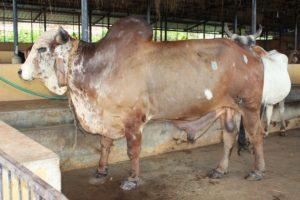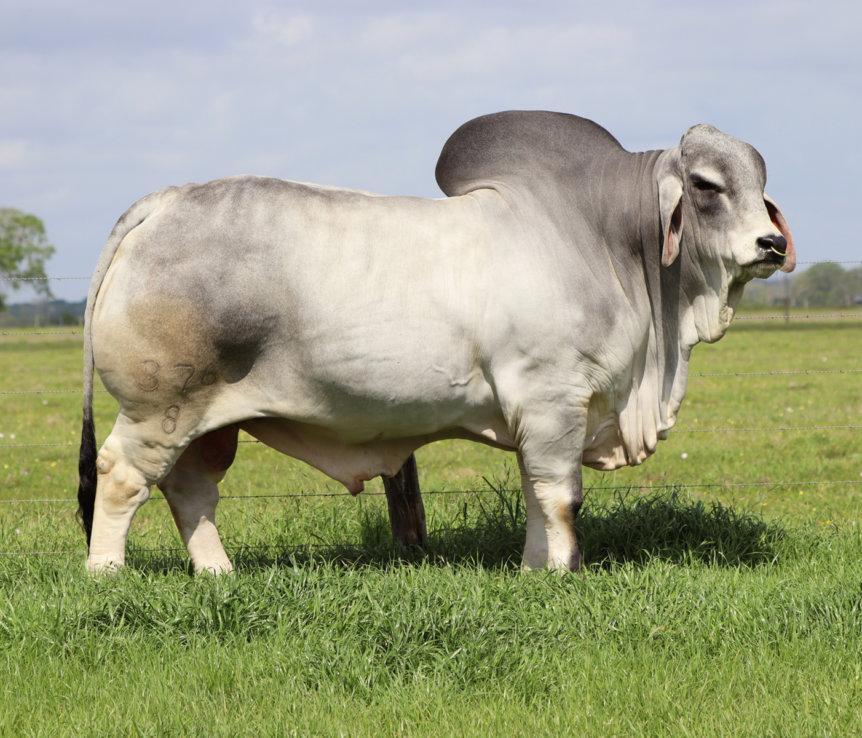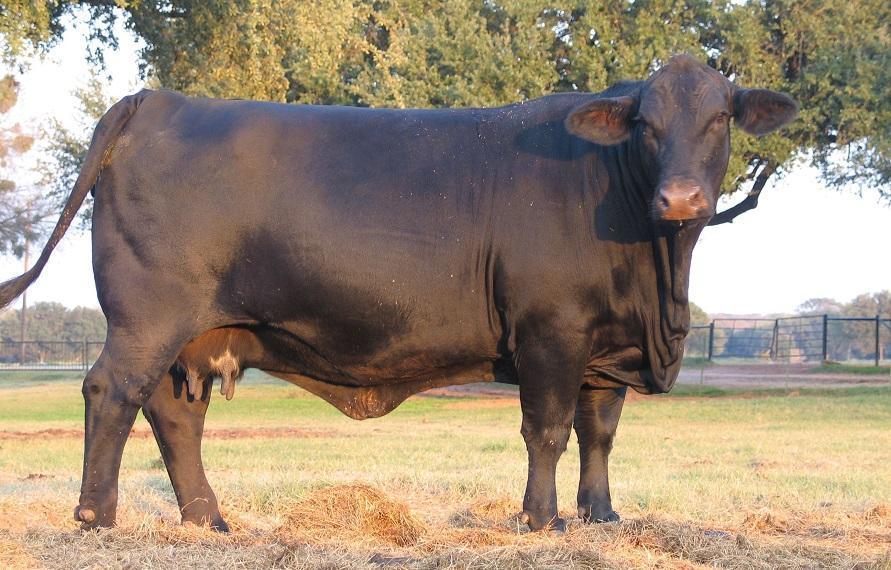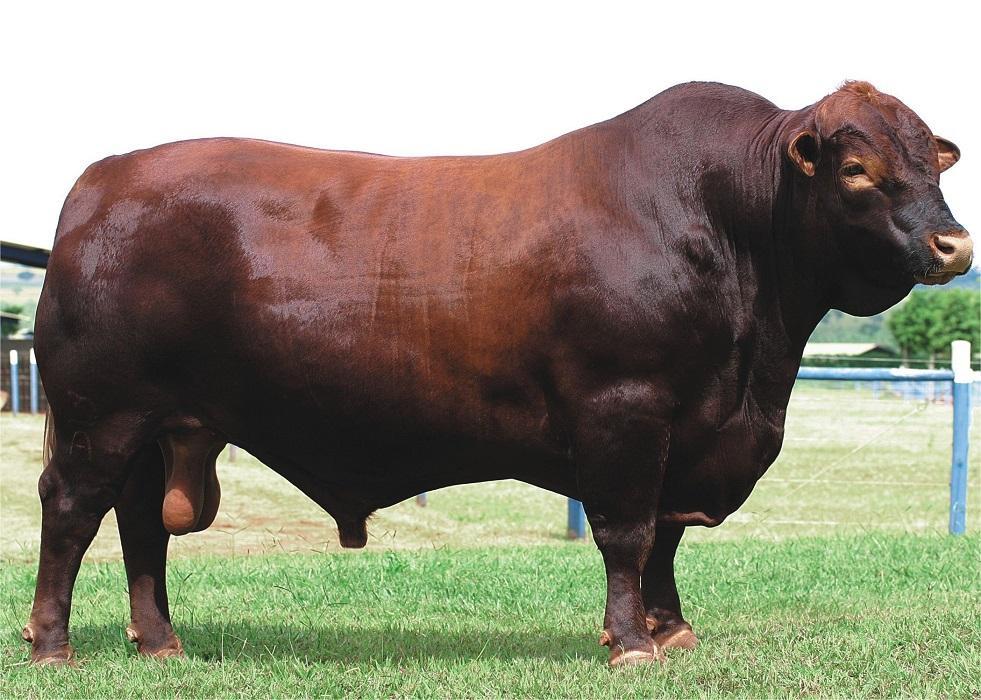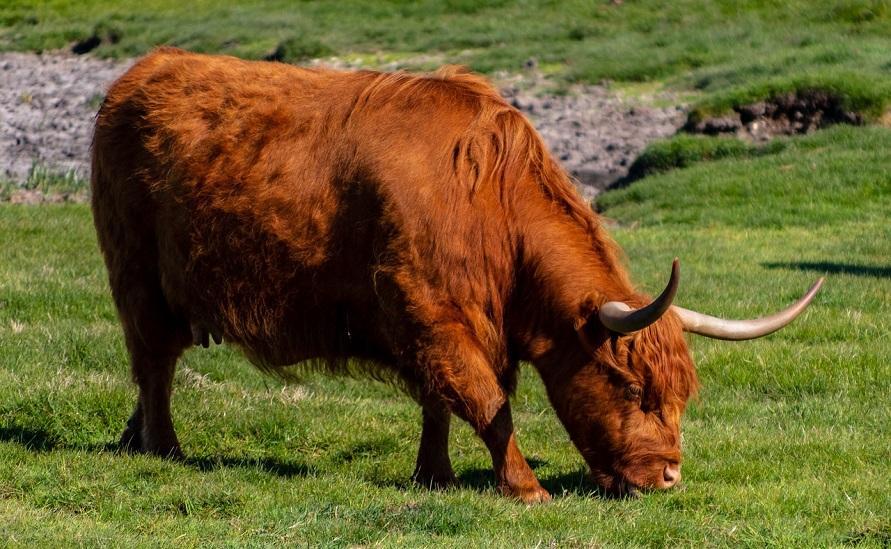Gyr Cattle
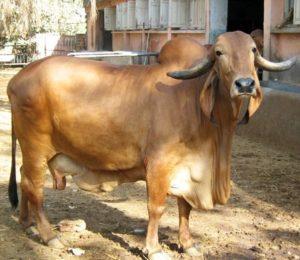
Gyr cattle are a Zebu breed from west India, known for their milk production. They are a hardy breed, capable of surviving in extreme heat while also possessing a lot of resistance to tropical diseases.
| Also known as | Gir cattle, Bhodali cattle, Desan cattle, Gujarati cattle, Kathiawari cattle, Sorthi cattle, Surti cattle |
| Physical Characteristics | Rounded and domed forehead, long, drooping ears, and spiral horns |
| Temperament/Personality | Gentle |
| Coat Color | Mottled, ranging from red to yellow to white |
| Size | Medium to large |
| Weight | Male: 545 kg Female: 385 kg |
| Height | Male: 140 cm Female: 130 cm |
| Uses | Dairy |
| Diet | Bajra-straw, cake, cotton seed, dry fodder, jaggery, jowar, and soya husk |
| Lactation Period | 326 days |
| Gestation Period | 287 days |
| Lifespan | 12-15 years |
| Climate Tolerance | Hot temperatures |
| Price | $380 to $2550 |
| Country of Origin | India |
History and Development
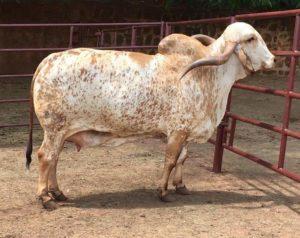
Gyr cattle originated from the state of Gujarat in the western part of India as one of the top breeds of Zebu cattle. From there, it spread to the neighboring states of Maharashtra and Rajasthan.
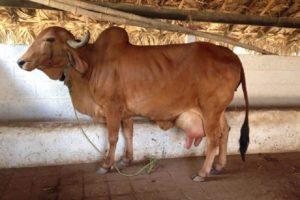
In the 18th century, the Maharaja of Bhavnagar gifted a pair of these cattle to Brazilian livestock icon Celso Garcia Cid. The bull, named Krishna after one of India’s most popular Hindu gods, started a genetic revolution that made the breed one of the most valued on the market. It is estimated that most Brazilian Gyr cattle carry genes from Krishna. The breed would soon multiply across Brazil, contributing to about 80 percent of its milk production. In 1989, the Gyr cattle were officially registered by Brazil’s agriculture ministry.
In 2003, the Gyr made up 37% of the total cattle population in the Saurashtra region of Gujrat, around 915,000 out of 2.5 million. Brazil’s gyr population was estimated to be about 5 million as of 2010.
Milk Production
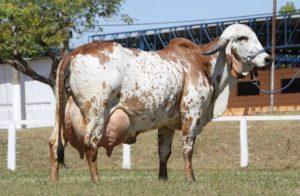
The average milk production for the Gyr is 1590 kg per lactation, with the record being 3182 kg at 4.5% fat in India. In Brazil, the average is much higher at 3500 kg, with a world record of 17,182 kg by the cow Profana de Brasília. On a daily basis, these cattle produce 50 liters of milk.
Meat Production
These cattle are reared primarily for dairy purposes and have little utility in meat production.
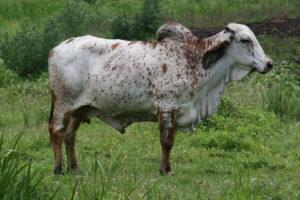
Interesting Facts
- Gyr cattle are often bred with other cows due to their resistance to heat and diseases. For instance, it is often bred with Holstein Friesians to produce Girlando cattle.

